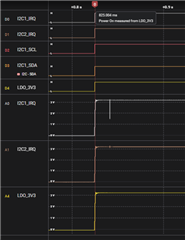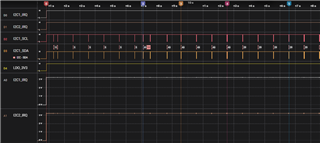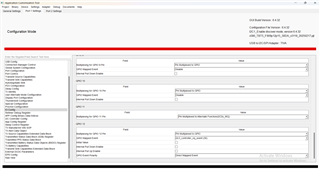Other Parts Discussed in Thread: TPS65994BH
Tool/software:
Hi TI team,
As title, I tried to use customization tool to disable all of the values for interrupt mask for I2C1 & I2C2 but also failed, but IO Config setting Pin Multiplexed to GPIO and Disable was OK. please help to check the pjt file, thanks.








